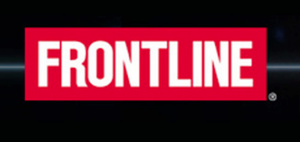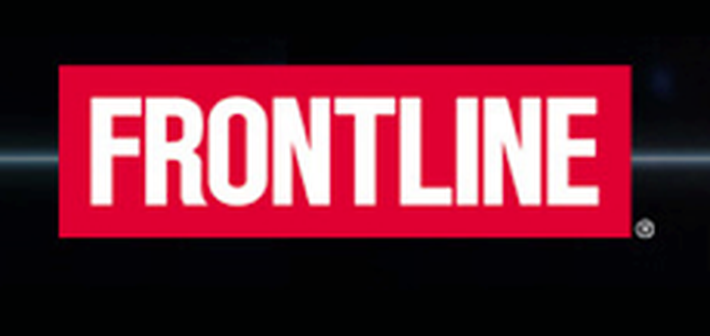
By Leila Miller
Frontline (8/7/18)
The Unite the Right rally in Charlottesville, Virginia in August 2017 was the largest public gathering of white supremacists in a generation. Dozens were injured, and it ended in the death of 32-year-old Heather Heyer, a counter-protester who was killed after a car crashed into demonstrators.
The violence did not come out of nowhere. It followed a series of increasingly bloody rallies in California, New York City, and even Charlottesville. While city and state officials in Virginia had prepared by mobilizing 1,000 first responders, law enforcement largely stayed back while chaos unfolded.
In Documenting Hate: Charlottesville, FRONTLINE and ProPublica investigate how white supremacist and neo-Nazi groups have been moving from the fringes into mainstream culture. We have worked to identify white supremacists who engaged in violence at these rallies, and our reporting has revealed that one participant at Charlottesville, Vasillios Pistolis, was an active-duty Marine, and another, Michael Miselis, worked for a major defense contractor and held a U.S. government security clearance.
Producers A.C. Thompson and Karim Hajj spoke to FRONTLINE about the film, describing what it was like to cover the violence in Charlottesville, how they identified white supremacists, and their response to those who view their work as unfairly exposing people’s private identities — a practice called “doxxing.”
The Unite the Right rally began the morning of August 12. Many white supremacists wore helmets and carried shields and clubs, and they were confronted by counter-protesters. How did you plan for this rally and what was it like to be there?
Hajj: The word on the street was that it was going to be pretty unprecedented. It was organized months and months and months in advance. All sorts of neo-Nazi, fascist groups were going to be showing up, and that element of it made it pretty uncertain. When we were walking into it we really didn’t know exactly what to expect, because in recent memory there hadn’t really been a gathering like this of these particular groups of this size.
Traditionally, what you have in rallies like this is some sort of erected impromptu fencing with a line of police officers, and the officers are separating the protesters from the counter-protesters, and in an ideal world, preventing them from engaging in violence with one another. In Charlottesville, that wasn’t the case at all. What was happening was that the park itself was intended as the rally site, and the white supremacists were marching into the park in long lines and in groups. In order to get into the park, they were marching directly into crowds of counter-protesters. That meant that the whole scene was very chaotic.
The film describes how a group of white supremacists pushed into counter-protesters while police looked on. Later, white supremacists beat up a protester named DeAndre Harris in a parking garage next to a police station. Still, police did not intervene. Why did law enforcement stand back?
Thompson: I think for us at the time it was a little bit baffling. What we had seen up until that moment was a steady escalation of political violence at these events from coast to coast. Just massive melees and altercations as you had extreme right and fascist rally-goers clashing with anti-fascists and liberal and left counter-protesters. We had seen this over and over and over again. We were a little bit baffled that day why the police hadn’t learned from the lessons of other cities, and why they hadn’t actually even learned from the lessons of their own town where they had two previous white supremacist rallies in recent months.
The city commissioned an investigation after the rally. The investigators heard from two witnesses close to Charlottesville police chief Al Thomas on August 12th: his personal assistant and a police captain. Both witnesses reported hearing Thomas saying that he wanted to “let them fight” because “it will make it easier to declare an unlawful assembly.” For his part, Thomas — who has since retired — offered a somewhat different story: he said he wanted to wait to “see how things played out” before dispersing the clashing crowds.
City and state officials had mobilized 1,000 first responders before the rally. They knew this was coming.
Thompson: I would say that’s one of the most stunning things to come out of the Charlottesville rally and violence…
Link To PBS Frontline ‘Documenting Hate’ 55-Minute Video HERE.

